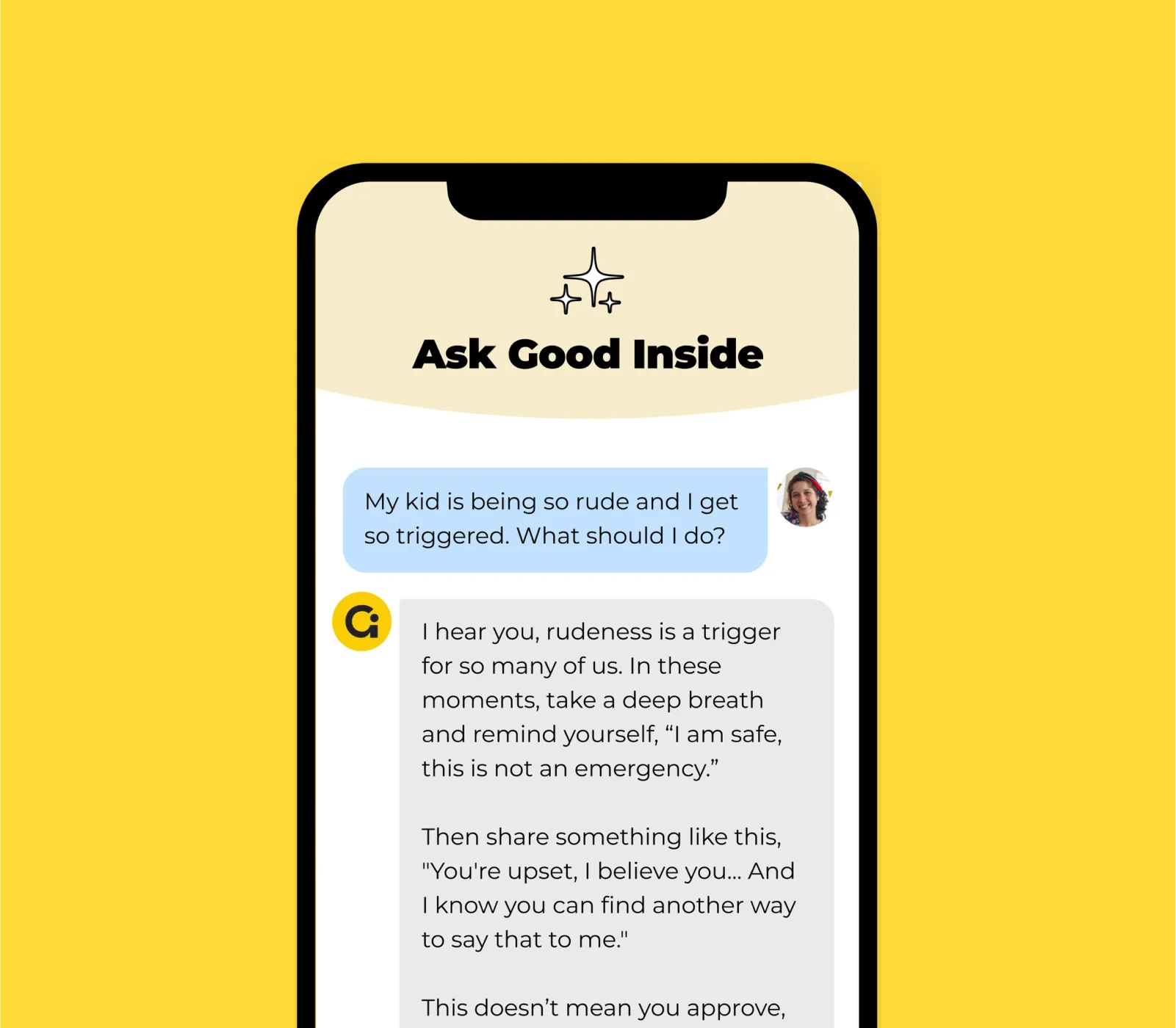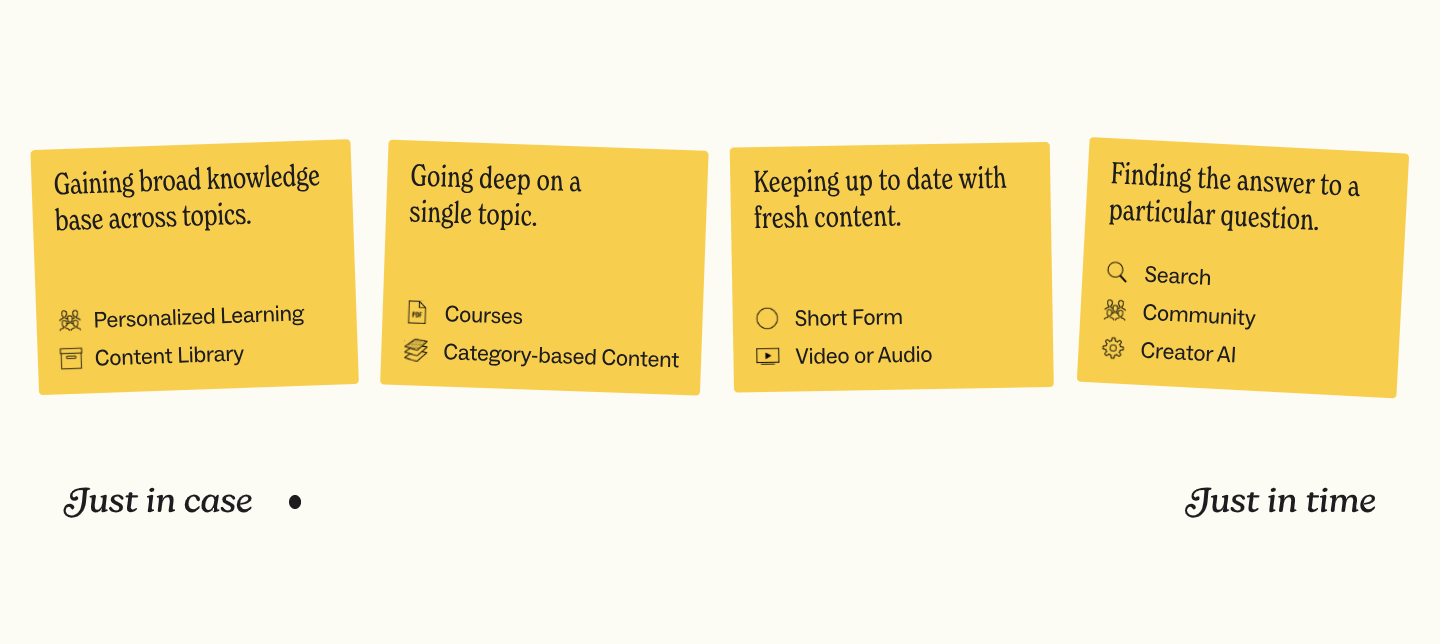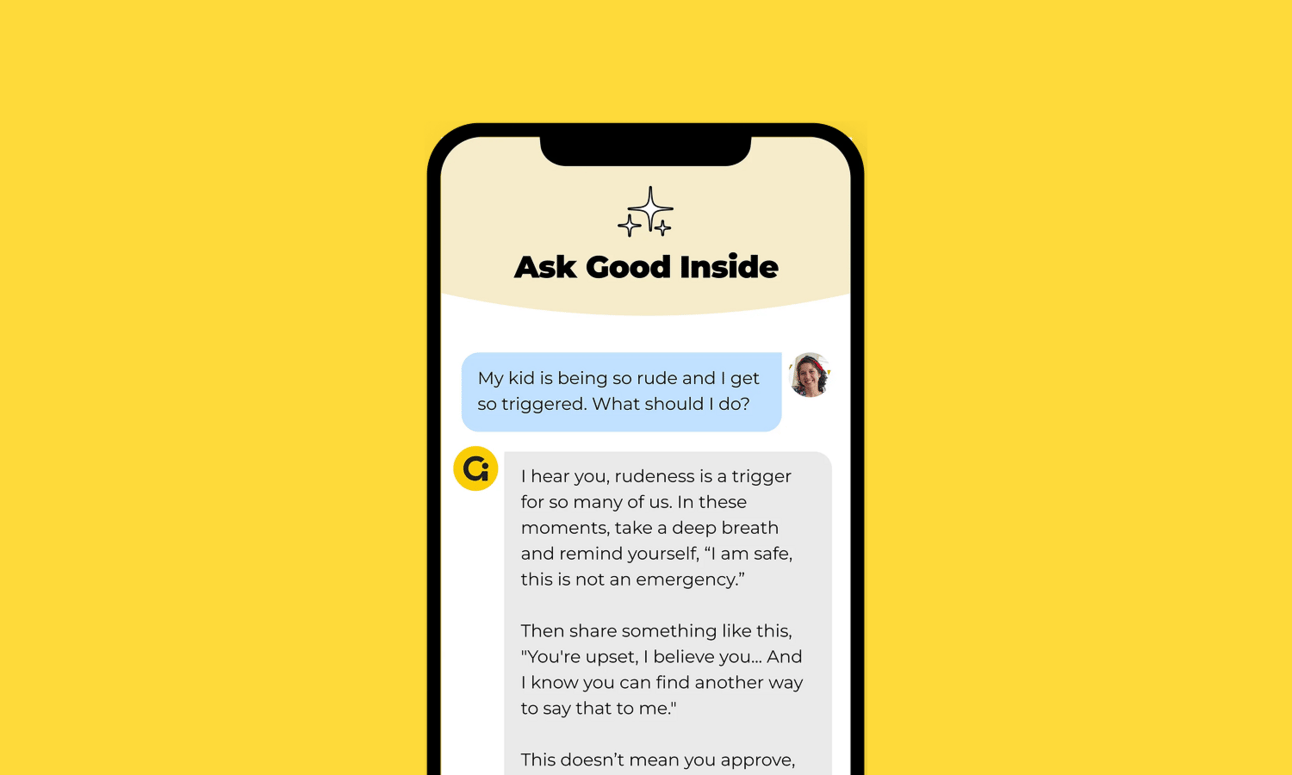
The learning spectrum most creators ignore
Humans generally learn or consume knowledge in one of two ways. Sometimes you're building knowledge for the future (just in case), and sometimes you need an answer immediately (just in time).

Just in Case Learning: This is about building institutional knowledge. You're investing time now to have expertise available when you might need it later. Think traditional education (learning geography in school), comprehensive courses about conceptual ideas, or, our fav example, learning how to do CPR.
Just in Time Learning: This is about solving an immediate, specific problem. You need the answer now, and you need it to be quickly accessible. Think Googling "how to remove red wine stains" or asking Siri for directions.
Both are valuable. Both are necessary. But most digital products only serve one end of this spectrum well.
Find yourself a product that can do both ❤️
Generally, we find that creators build either a comprehensive course OR a library of content (often on their social platforms), but rarely both. Or at least, they don’t create both in a way that allows them to work harmoniously for their customer/audience.
The course-only approach works great for just-in-case learning. Learners can work through modules and build foundational knowledge. But when they have an urgent question three months later, they're not going back to rewatch Module 7. And more than that, unless they REALLY internalized the knowledge, they won’t even remember where in the course to return to.
Having a library of content on your social platform theoretically solves the second need, but in practice, not as much. Social platforms want you to continue to consume new content (and new advertising), not return to the same content repeatedly. How often do you find yourself returning to a saved post in your IG? Ya…us neither.
To truly serve the varied needs of your audience, you need to do both. And there's a huge opportunity to create better user experiences by serving the full spectrum of how people actually want to learn.
Different strokes for different folks
Different types of content serve different points along this spectrum of “just in case” vs. “just in time” content:
Just in Case Content:
- Linear courses with learning paths
- Comprehensive guides and long-form articles
- Cohort-based programs with accountability
Just in Time Content:
- Short-form, searchable content libraries
- AI chatbots trained on your expertise
- Worksheets and quick-reference sheets
- Filterable resource databases
The Middle Ground:
- Curated content collections by topic
- Video libraries organized by specific problems
- Interactive tools and calculators
And rather than build a product that can only address one of these areas (i.e. building a course OR a chatbot), increasingly we are building custom membership or subscription platforms that combine several of these content types to better serve audience needs.

A real example: Good Inside
Dr. Becky's Good Inside membership perfectly illustrates this concept in action. They've built an experience that serves parents across the entire learning spectrum.
For just-in-case learning, they offer comprehensive courses on topics like "Setting Boundaries" or "Managing Big Emotions." Parents can work through these when they have time, building foundational parenting knowledge for future challenges.
But parenting doesn’t wait for convenient moments. So they've built robust just-in-time solutions: searchable content libraries organized by specific situations, quick-access guides for common challenges, and AI-powered tools that can surface Dr. Becky's advice for immediate problems.

A parent might take their "Tantrums" course on a Sunday afternoon (just in case), but when their toddler has a meltdown in Target on Tuesday, they need quick access to specific strategies right now (just in time).
Good Inside serves both needs, which is why their members find the platform indispensable rather than just educational.
How to do a quick audit of your own product experience
Ask yourself these questions:
- When your customers have an urgent question, how quickly can they find the answer?
- If someone wanted to build foundational knowledge in your area, do you have a clear path for them?
- Are you forcing everyone into the same learning modality?
If you're only strong on one end of the spectrum, our take is that you’re likely missing opportunities to serve your audience better and create more value in your product.
You made it to the end…just in time!
People don’t learn in just one way. Sometimes they want to go deep and build expertise. Sometimes they just need a quick answer to keep moving forward (or to get themselves out of Target in one piece).
Our customers who understand this are building experiences that serve both needs, and have products that feel indispensable rather than nice-to-have.



















